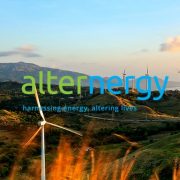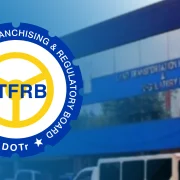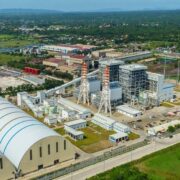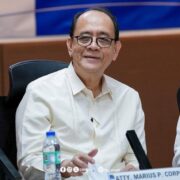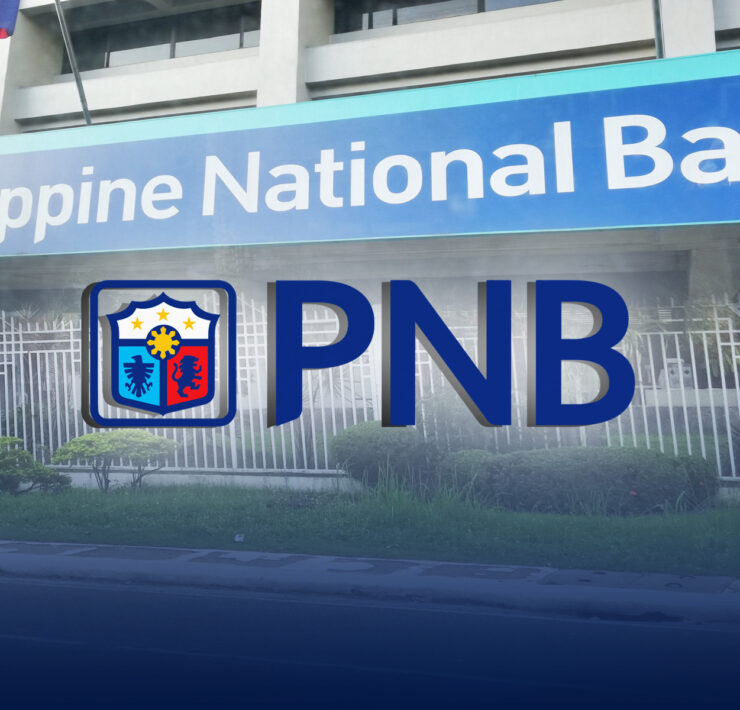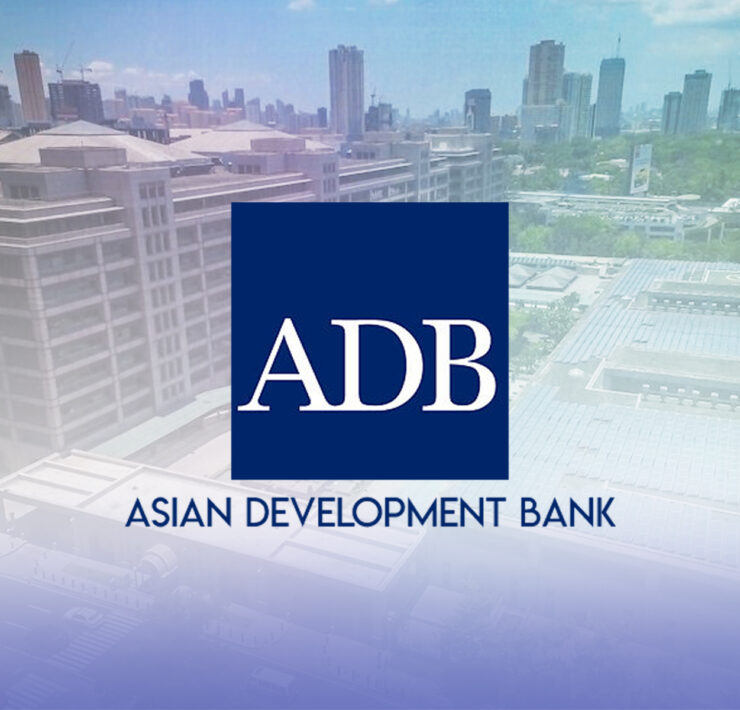$1-B ADB loan eyed for PH grid system

Singapore—The Asian Development Bank is ready to extend up to $1-billion loan to further build up the country’s grid network crucial in accommodating new renewable capacities.
Priyantha Wijayatunga, ADB senior director for energy, said there was a request for the multilateral lender to provide financial support to deploy more transmission facilities.
“We are looking at strengthening your national grid,” he told reporters on the sidelines of the Asia Clean Energy Summit 2025 in Singapore.
“I know its national grid operator is private, but as you know, the grid has not been strengthened in recent times adequately, particularly to absorb renewable energy from offshore wind and so on,” the official added.
Based on its legislative franchise, the National Grid Corp. of the Philippines (NGCP), operator of the country’s electricity superhighway, has the right to operate and maintain transmission assets.
The group has been investing multibillion pesos to roll out more grid projects across the Philippines.
Wijayatunga could not provide estimated figures under the planned financing.
“It will have to be through DOE (Department of Energy) if we are talking of sovereign financing because obviously sovereign financing cannot go into the private sector,” he said.
The ADB executive said that while this is in their pipeline, it may take time to materialize since the NGCP is not part of the government.
“So there may have to be certain contractual kinds of discussions between the grid operator …,” he said.
“In a way, it might take a while, but it’s necessary, as you know, because the Philippines is quite interested in developing offshore wind, and so if you want to bring offshore wind into the grid, you need grid investments,” Wijayatunga said.
The government is preparing for the fifth round of the green energy auction, with 3,300 megawatts of offshore wind capacity targeted for delivery by 2028 to 2030.
According to the DOE, the GEA-5 would focus on the fixed-bottom offshore wind because of its “established global track record, cost-efficiency and scalability.”
The DOE said this approach would help the Philippines “expedite the near-term deployment of offshore wind.”



